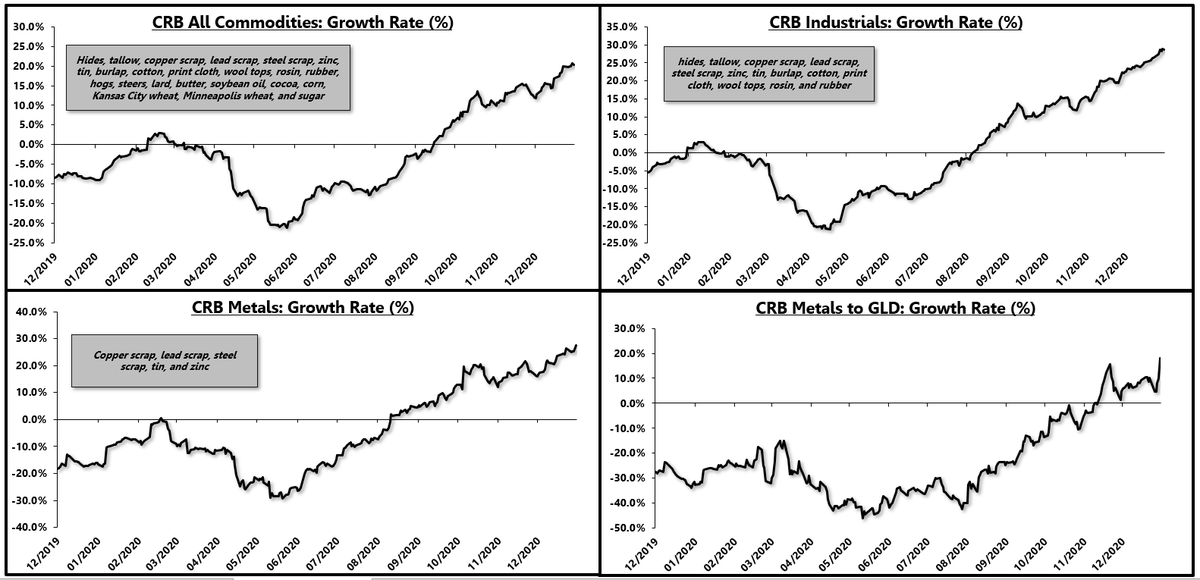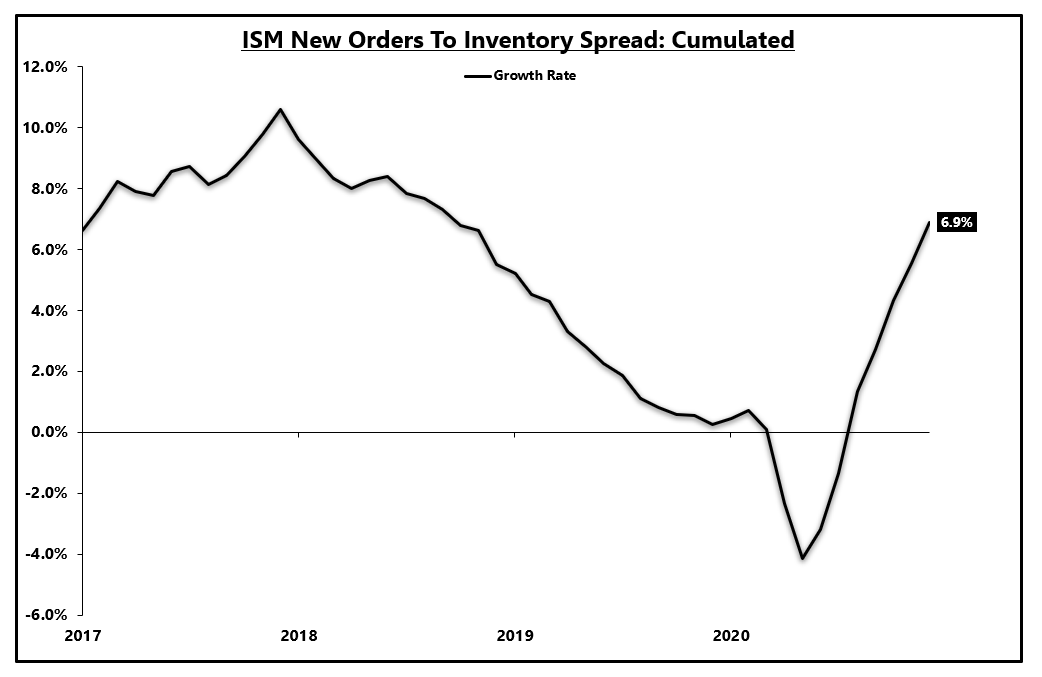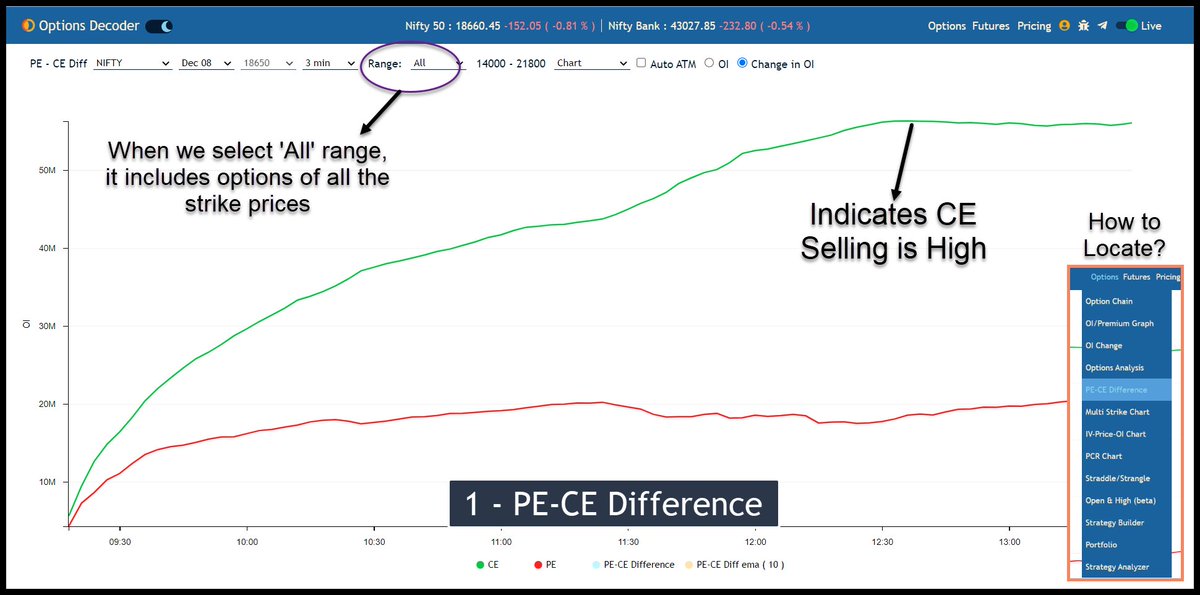In my 20 years of trading I have noticed this cycle play out again and again with traders that "make it":
1. Overconfidently reach for returns
2. Get humbled by the market
3. Simplify + concentrate on clear, high probability edges.
1/n
Nearly everyone starts with a lack of respect for how hard it is to consistently make money trading.
That leads them to pass over high-probability sources of returns in favor of more marginal ideas.
Or they overcomplicate the trading of a good edge.
2/n
Here's an example...
It is 2015. You look at a simple strategy.
You hold an equal dollar exposure to:
- Cap Weighted US Stocks (VTI)
- 20+ Yr US Treasury Bonds (TLT)
- Gold (GLD)
And rebalance each month.
(I've extended back a bit with mutual fund prices.)
3/n
It made money consistently with a few blips.
You'd have 4x your money from 1997 to 2015.
It makes sense. It's harnessing two big sources of risk premia (equity + duration).
It diversifies across 3 macro assets that tend to outperform in different econ environments
4/n
But, naturally, you turn your mind to how you could do better...
And here is where it gets dangerous!
There are good ways to try to "do better", and there are bad ways to try to "do better".
5/n



























